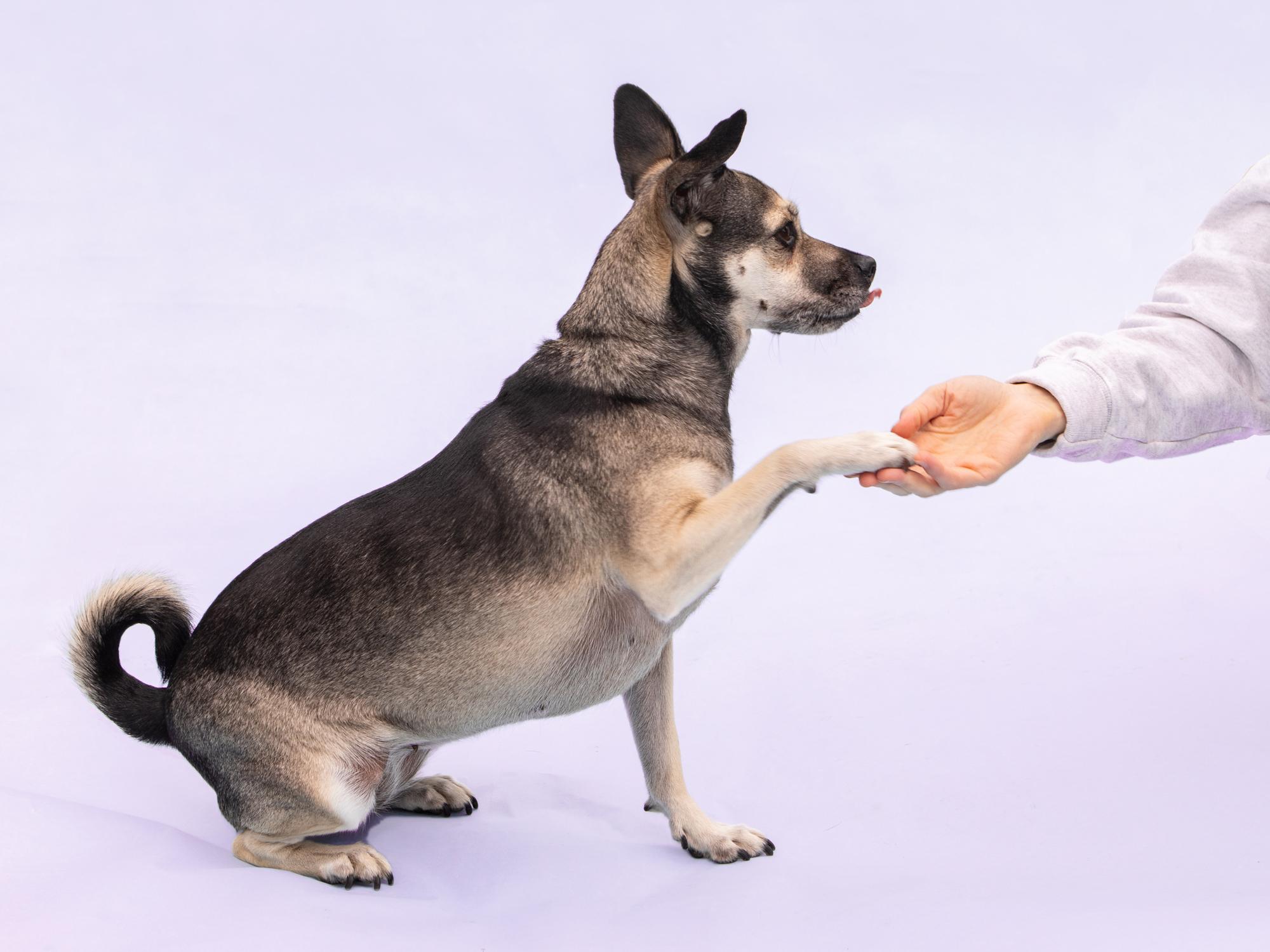Welcoming a furry friend into your home brings a world of joy, companionship, and a fair share of challenges. One common hurdle many pet owners face is teaching their beloved animals to respect boundaries, particularly when it comes to keeping them off the furniture. While it might be tempting to let your pet snuggle up on the couch, establishing clear rules from the start can ensure a harmonious living environment for everyone. This guide is here to offer you gentle, effective strategies to help your pet understand that your furniture is off-limits, all while maintaining the loving bond you cherish. Whether you’re a new pet parent or looking to refine your training approach, this article provides compassionate insights and practical tips to navigate this common household challenge with ease and kindness.
Understanding Your Pets Perspective
To truly succeed in guiding your pet to stay off the furniture, it’s essential to see the world through their eyes. Pets, much like humans, are drawn to comfort, warmth, and familiarity. Your couch might be their cozy refuge or a place where they feel close to you. Understanding this can transform your approach from one of frustration to empathy. Recognizing their motivations allows you to gently redirect them without causing stress or confusion.
- Comfort Zones: Create alternative spaces that rival the allure of your furniture. Consider plush pet beds or blankets in a quiet corner.
- Consistency is Key: Pets thrive on routine. Make sure all family members enforce the same rules to avoid mixed signals.
- Positive Reinforcement: Reward them with treats or affection when they choose their designated spot over the furniture.
By embracing this empathetic perspective, you’ll foster a harmonious living environment where your pet feels understood and secure, paving the way for effective teaching and lasting behavior change.

Creating a Comfortable Alternative Space
Transforming a section of your home into a pet-friendly oasis can be a rewarding endeavor for both you and your furry friend. Start by choosing a cozy corner that naturally invites relaxation. Consider adding a soft pet bed or cushion, perhaps one with a removable, washable cover for easy maintenance. Layering the area with a plush blanket can add an extra touch of comfort. Cats and dogs alike appreciate a bit of warmth and softness, and this can become their go-to spot when they feel like lounging.
- Pet Bed: Opt for one with supportive padding and a non-slip base.
- Blankets: Select textures that are gentle on paws and easy to clean.
- Toys: Provide a variety of toys to keep them entertained and content.
- Treats: Keep a small basket of treats nearby to reward them for using their new space.
Adding a few personal touches, like a toy basket or a scratching post, can make the space even more inviting. This alternative space not only encourages your pet to stay off the furniture but also gives them a special place that is all their own, fostering a sense of security and belonging.

Positive Reinforcement Techniques for Lasting Results
When it comes to encouraging your pet to respect furniture boundaries, positive reinforcement can be a game-changer. By focusing on rewarding desirable behaviors rather than punishing unwanted ones, you create an environment of trust and learning. Here are some effective techniques to guide your pet:
- Reward the Good: Whenever your pet chooses to lie on their bed instead of the couch, offer a treat or verbal praise. This reinforces the idea that their bed is a rewarding place to be.
- Use Consistent Commands: Establish a specific command like “off” or “down” and use it consistently. Reinforce compliance with treats or affection.
- Redirect with Toys: If your pet attempts to climb onto the furniture, redirect their attention with a favorite toy. This helps them associate staying off the furniture with playtime.
Implementing these techniques with patience and consistency will not only keep your furniture pet-free but also strengthen your bond with your furry friend. Remember, the key is to create a positive association with the desired behavior, making it more likely to be repeated in the future.

Consistency and Patience: Keys to Success
Teaching your pet to stay off the furniture requires a blend of gentle consistency and unwavering patience. The journey is not about instant results but about nurturing a respectful relationship between you and your furry friend. Consistency involves setting clear and firm boundaries. Make sure everyone in the household is on the same page to avoid confusing your pet. If the couch is off-limits, it must be off-limits every day, not just on weekdays or when guests are over.
- Create a comfortable alternative: Provide a cozy bed or a soft blanket nearby where your pet can relax.
- Use positive reinforcement: Reward your pet with treats or praise when they choose their designated spot over the furniture.
- Stay patient: Understand that it might take time for your pet to adjust to the new rules. Be patient and gentle in your reminders.
- Avoid punishment: Scolding or physical punishment can create fear and anxiety. Focus on encouraging desired behavior instead.
Embrace the process with a warm heart and a steady hand, and you’ll soon find that both you and your pet are happier and more at ease in your shared space.

